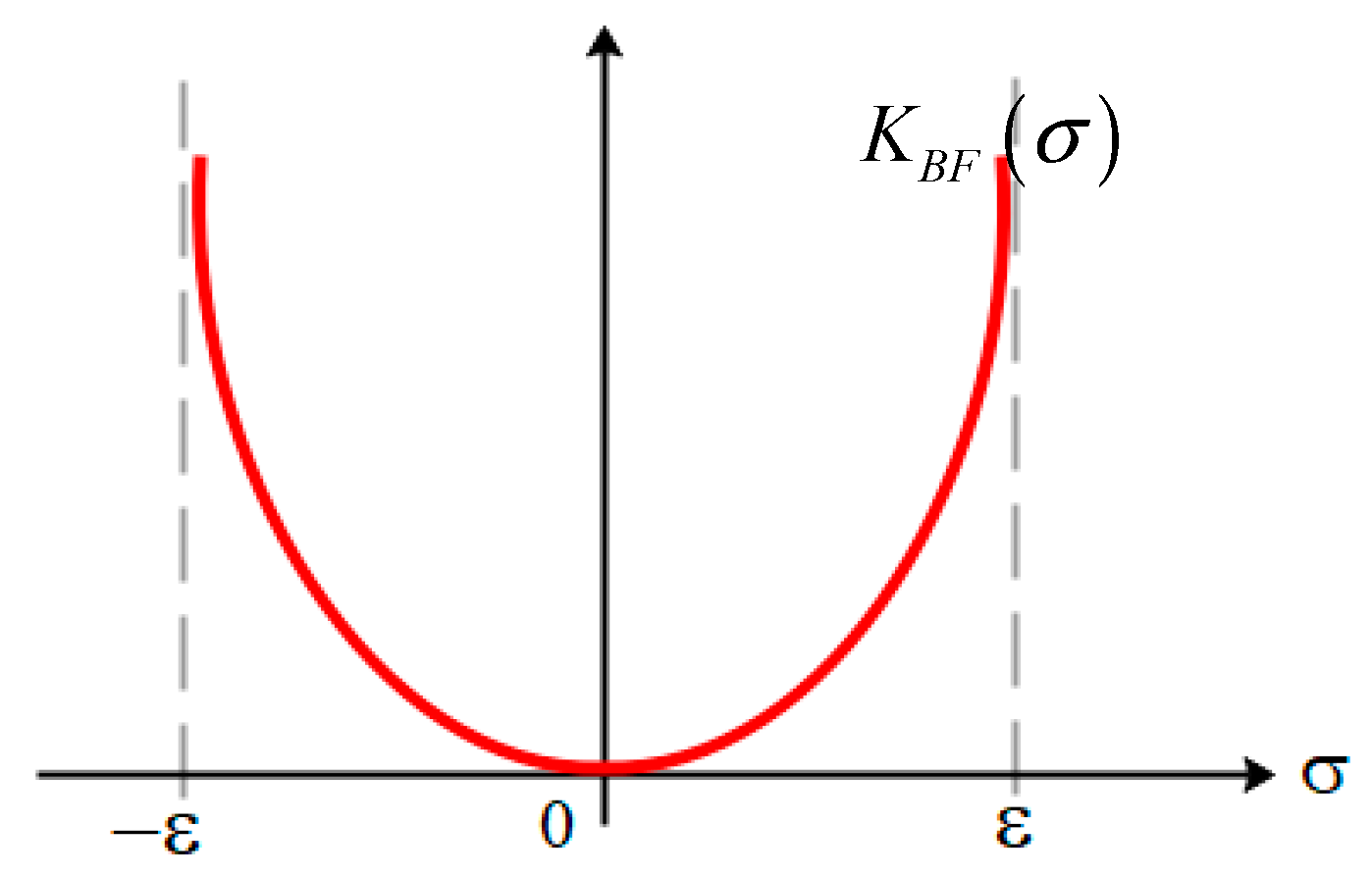Contents

Source: MDPI
The Twisted-Mode Technique in Laser Technology
Understanding Spatial Hole Burning and Gain Saturation
In continuous-wave lasers with linear resonators, a standing-wave interference pattern in the laser gain medium leads to spatial hole burning. This phenomenon causes stronger gain saturation for the lasing resonator mode compared to other modes, making single-frequency operation challenging unless the gain bandwidth is smaller than the free spectral range of the laser resonator.
The Twisted-Mode Technique for Single-Frequency Operation
To achieve single-frequency operation even with a large gain bandwidth, the twisted-mode technique is employed. By using quarter-wave plates at both ends of the gain medium, linearly polarized light is converted to circularly polarized light and back to linear polarization, ensuring that spatial hole burning is suppressed. This technique allows for easier attainment of single-frequency operation in lasers.
Applications and Limitations
Initially applied to solid-state bulk lasers, the twisted-mode technique has also proven effective in fiber lasers. However, it is not suitable for anisotropic laser crystals with polarization-dependent properties. By manipulating the polarization states of light within the laser cavity, the twisted-mode technique enhances the stability and performance of single-frequency lasers.
Future Developments in Twisted-Mode Lasers
Recent advancements have demonstrated the successful implementation of the twisted-mode technique in various laser systems, including diode-pumped lasers and erbium fiber lasers. Ongoing research aims to further optimize the design and functionality of twisted-mode lasers for applications requiring high output power and narrow linewidths.
By understanding the principles behind the twisted-mode technique, researchers and engineers can continue to enhance the performance and versatility of single-frequency lasers across different laser technologies.

Source: YouTube
Feel free to comment your thoughts.



